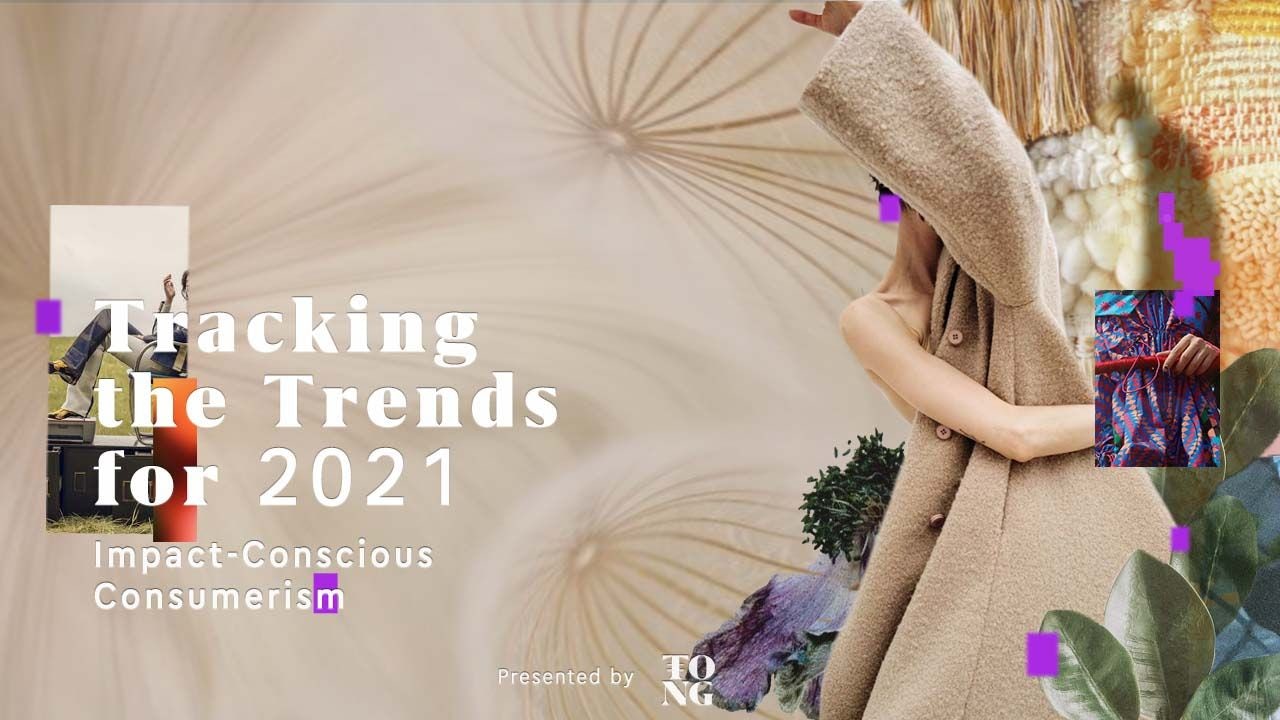Key Takeaways#
:
- Pre-COVID, roles in data, digital and diversity & inclusion were the buzz in the luxury sector and hopefully that will continue.
- ESG — environmental, social and governance — issues have become a key focus for consumers and investors alike, and the late twenties should see a step change as Chinese consumers start to ask more questions.
- Circularity and second hand are likely to get much attention with brands knowing they are selling products and purpose and need to come across as doing good… not just making money.
Pre-COVID-19, the luxury sector stepped up in terms of data, digital, and diversity. On
data#
, it has only been a few years that we have been hearing about algorithms, data scientists and the use of AI to help with production, logistics, design, communication and more. Data gives you knowledge and knowledge is power. When I worked in the industry, you never really knew who you were selling goods to. But that was fine as issues then were more about being able to produce enough. Today, however, the sector is crowded, the growth is tough to come by and knowing how your consumer thinks, what she likes, how she lives her day is getting quite essential.
Digital#
was also heavily invested in, with this idea that the concept of digital may not belong in a role or a department but likely needs to be breathed and lived by all employees. Scott Galloway, the ever-entertaining author, professor, and multi-entrepreneur once said that “having a chief digital officer is like having a chief electricity officer” and that sums it up well.
On
diversity#
and inclusion#
, many efforts have been made to proactively find ways to reflect the luxury consumers that the brands are selling to with women, minorities, and a rejuvenation of managers at senior levels. In some cases, it has been more to compensate for missteps, Gucci and Prada making hires following backlash in the US for example. Whatever the rationale, it is certainly a good thing for the industry to become more diverse.
ESG#
issues have gotten much attention from investors and consumers alike with brands getting tough questions about traceability, labor conditions, raw materials, but also increasingly about the afterlife of the product, second hand, and circularity. On these issues, Kering has been the most convincing with a CEO who was an early advocate and a chief sustainability officer who sits on the executive committee and has been an influent voice.
There is still, however, much resistance from managers I speak to in the sector along the lines of “not having solved all environmental debates does not prevent us from selling well to Chinese so not sure why we should bother, really.” Here’s the thing: Chinese consumers don’t ask many questions about the environment — and not because they are Chinese. It is simply because, unlike European or Japanese luxury consumers, they are likely first-time purchasers so the focus is on fitting in, being part of a club, having the reference brand. So, it’s not a question of nationality or culture, it’s just a question of time. As they become repeat purchasers of luxury, they will ask tough questions and you better be ready.
Beyond producing and distributing appropriately come the key questions of duration and the afterlife of the product. In essence, circularity. Stanislas de Quercize, the enthusiastic and affable former CEO of Cartier believes that a key role for luxury should be that of “Chief Circularity Officer” and puts his money where his mouth is by helping out startups in the field. Jean-Louis Dumas who was an essential contributor to Hermès’ success used to say: “luxury is what can be repaired.” It is surprising that Patagonia has been repairing sweaters and jackets and extending their expectancy when second hand in luxury is run by third parties rather than the brands themselves.
With blockchain technology becoming more mainstream in the years ahead, consumers will be able to transmit their luxury item to the next generation (like Patek Philippe claims you should) or to a complete stranger with full authentication and security. Beyond that, I believe luxury is about controlling your image, the way you sell, the data, the experience so you can imagine a world in which brand websites sell you the latest and greatest from the current collection alongside vintage, as well as secondhand products instead of leaving that to others. Running second hand yourself can provide the best of both worlds: doing good, coming across as a responsible corporate citizen… and still making some money!
Erwan Rambourg has been a top-ranked analyst covering the luxury and sporting goods sectors. After eight years as a Marketing Manager in the luxury industry, notably for LVMH and Richemont, he is now a Managing Director and Global Head of Consumer & Retail equity research. He is also the author of Future Luxe: What’s Ahead for the Business of Luxury (2020) and The Bling Dynasty: Why the Reign of Chinese Luxury Shoppers Has Only Just Begun (2014).


